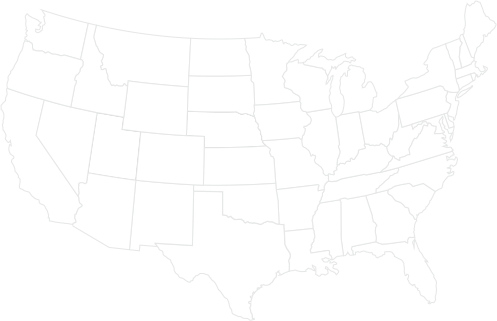Abundant Rains In Texas May Produce Record Cottonseed Crop
• Posted in News Releases
Favorable prices make “triple nutrient” whole cottonseed an attractive dairy cattle ration ingredient.
CARY, N.C. (June 27, 2019) – Whole cottonseed is making a comeback in 2019 thanks to increased cotton acres and abundant rains in Texas. And just in time for the dairy industry’s increased focus on butterfat and feed ingredients that help boost it.
“The anticipated bumper cotton crop will be welcome news to dairy producers and nutritionists who, in recent years, reduced cottonseed usage due to higher prices but may have seen milk production and butterfat decline as a result,” says Tom Wedegaertner, director of cottonseed research and marketing, Cotton Incorporated.
According to S. Richard “Rick” Goodall, a consulting beef and dairy nutritionist based in Denver, “No other feed ingredient provides high levels of protein, fat and effective fiber. Plus, the fat is slowly released, with most of it being absorbed from the lower gut where it provides the most value, and where the fat is transferred to the cow’s milk as butterfat.”
Behind the bumper crop
The U.S. cotton industry is anticipating its largest crop in more than a decade based on the June 2019 World Agricultural Supply and Demand Estimates Report. Early projections pin the 2019 cotton crop at 22 million bales, which translates to nearly 6.9 million tons of whole cottonseed, of which about 4.3 million tons will be available for feeding to dairy cows, Wedegaertner explains.
According to Dr. John Robinson, Texas A&M University professor and extension specialist, cotton marketing, above-average rain early this spring pushed Texas to abandon about 330,000 corn acres and instead plant cotton.
“Moisture availability should be beneficial to the cotton crop and minimize crop abandonment,” Robinson says, adding that “uncertainty still remains about how much 2019 cotton will get planted due to wet weather and flooding.” The Lone Star State plants about half of the nation’s cotton acres.
While Mother Nature challenges forage quality this spring, nutritionists are looking to cottonseed.
Dr. Bill Robertson, University of Arkansas professor and cotton extension agronomist, says, “As the U.S. Corn Belt struggles to plant corn and soybeans on time and harvest quality alfalfa due to cool, wet weather, the cotton crop should help producers meet their herds’ nutrition needs.”
“It’s a good time to remind dairy producers of whole cottonseed’s ‘triple value’ and today’s attractive whole cottonseed prices,” adds Goodall.
Rick Titel, an independent nutrition and management consultant in Eldorado, Wis., notes, “Cottonseed is a great source of forage-type NDF that can be used for forage replacement. In some parts of the country, dairy producers can cost effectively replace high-quality hay with cottonseed.”
Depending on the cottonseed price, other feed ingredients’ prices and milk production levels, Titel recommends feeding 2 to 6 pounds of whole cottonseed per cow per day.
Cotton Incorporated suggests producers get in touch with their cottonseed merchant or feed dealer to check prices, or submit a request for cottonseed quotes through its Cottonseed Marketplace.
Cottonseed is an excellent source of fiber, protein and energy. Typical rations can include up to 15 percent cottonseed on a dry matter basis. For more information, including reports on market conditions, feeding information and a list of suppliers, visit wholecottonseed.com.
About Cotton Incorporated
Cotton Incorporated, funded by U.S. upland cotton producers and importers of cotton and cotton textile products, conducts worldwide research and promotion activities to increase the demand for and profitability of cotton.

